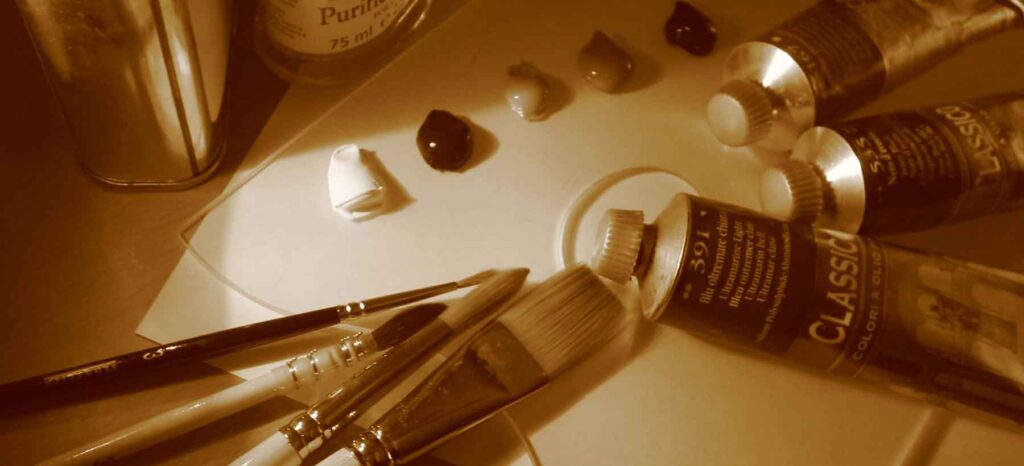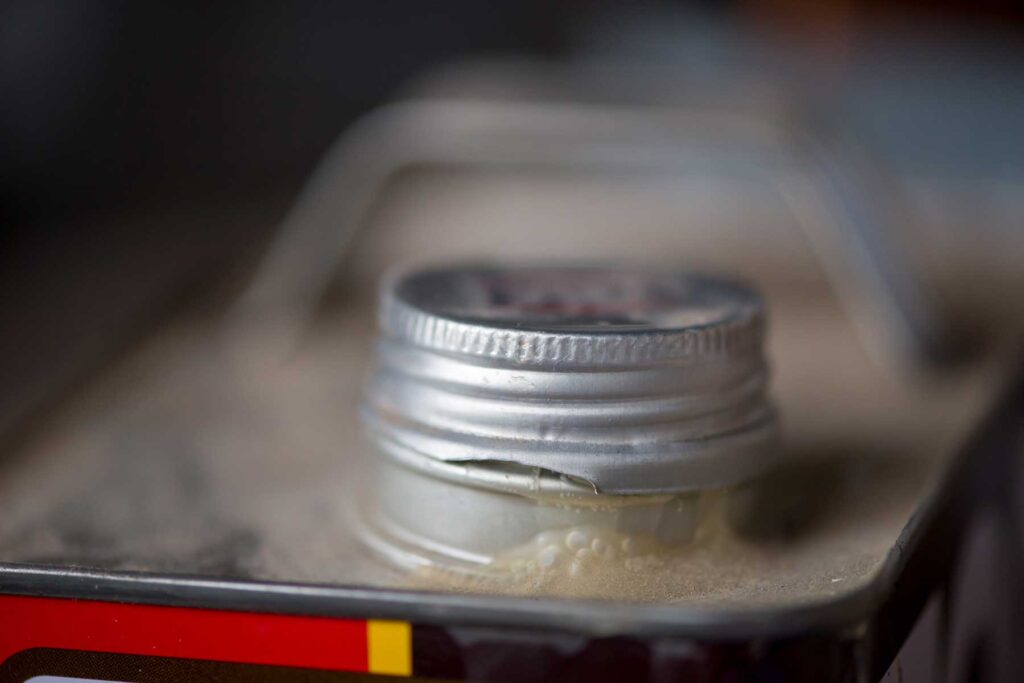
The Impact of Zinc White on Oil Paint Durability
Zinc oxide or zinc white, a pigment that became widely used during the 19th century, plays a significant role in the durability and appearance of oil paintings. Its reactivity with the fatty acids in oil-based paints to form zinc carboxylates is a double-edged sword, contributing to the aesthetic quality and potential structural deterioration of artworks. The impact of zinc white, the basis of a thesis by Gillian Ilena Osmond, delves into the formation of zinc soaps, their impact on paintings, and the conditions that exacerbate their negative effects, providing artists and conservators with crucial insights for the long-term preservation of oil paintings.
The Impact of Zinc Oxide on Oil Painting
Zinc oxide has been a popular choice for painters since the late 19th century, and it is appreciated for its ability to enhance color and durability. However, its interaction with fatty acids to form zinc carboxylates—specifically with C16 and C18 straight-chain saturated fatty acids—can lead to serious aesthetic and structural issues. These compounds, known as zinc soaps, can aggregate, compromising the painting’s integrity over time. Understanding the formation, aggregation, and conditions promoting the deterioration of zinc soaps is vital for managing contemporary art collections effectively.
Historical Context and Reactivity Factors
The production of zinc oxide pigment and its formulation into paint has evolved over the years, influenced by advancements in chemical knowledge and painting techniques. Factors such as pigment particle properties, fatty acid profiles, paint additives, and environmental conditions significantly impact the reactivity of zinc oxide in oil paints. Recognizing these factors allows artists and conservators to make informed decisions regarding the materials used and the conditions in which artworks are displayed and stored.
Characterization Techniques and Their Importance
The study of oil paint deterioration due to zinc soap formation relies heavily on advanced characterization techniques. Fourier transform infrared microspectroscopy (FTIR) and scanning electron microscopy (SEM), coupled with elemental analysis (EDX), have been instrumental in identifying and understanding the progression of zinc soap formation. These techniques, especially when applied to paint cross-sections, provide a window into the chemical changes occurring within the paint matrix, offering clues to the early stages of deterioration and the specific types of metal carboxylates present.
The Role of Paint Composition and Environmental Exposure
Investigations into commercially available and custom oil paints containing zinc oxide reveal that composition and environmental exposure play critical roles in the formation of zinc carboxylates. The presence of aluminum stearate in paint formulations, for instance, has a more significant impact on zinc stearate formation than the type of oil or pigment used. Additionally, paints with zinc oxide as a secondary pigment also show susceptibility to deterioration, highlighting the need to select paint components carefully.
Case Studies: From Historical to Modern Challenges
The examination of paintings by E. Phillips Fox and Nguyễn Trọng Kiệm provides concrete examples of how zinc soaps can affect artworks under different conditions. Fox’s paintings, often subjected to heat and humidity, show visible signs of zinc carboxylate aggregation, while Kiệm’s works, exposed to hot, humid, and polluted conditions, exhibit extensive hydrolysis of the oil medium. These case studies underscore the complexity of chemical interactions in paintings and the challenges of preserving them.
Toward Better Preservation Strategies
Understanding the chemistry behind zinc soap formation in oil paintings is crucial for developing effective preservation strategies. By considering the composition of paints, the environmental conditions of display and storage, and utilizing advanced characterization techniques, conservators can better manage the risks associated with zinc oxide in artworks. As research continues to unveil the intricacies of these chemical reactions, the art community gains valuable tools for safeguarding our cultural heritage.
This exploration of zinc oxide’s role in oil paintings offers artists and conservators a deeper understanding of the challenges and considerations in preserving these artworks. By embracing a science-informed approach to materials and their long-term implications, we can ensure that the beauty and integrity of oil paintings are maintained for future generations.
For more information, please see Gillian Ilena Osmond. Zinc oxide-centred deterioration of modern artists’ oil paint and implications for the conservation of twentieth-century paintings. Doctoral thesis, University of Queensland, 2014. https://espace.library.uq.edu.au/view/UQ:347180/s42197843_phd.pdf







Responses